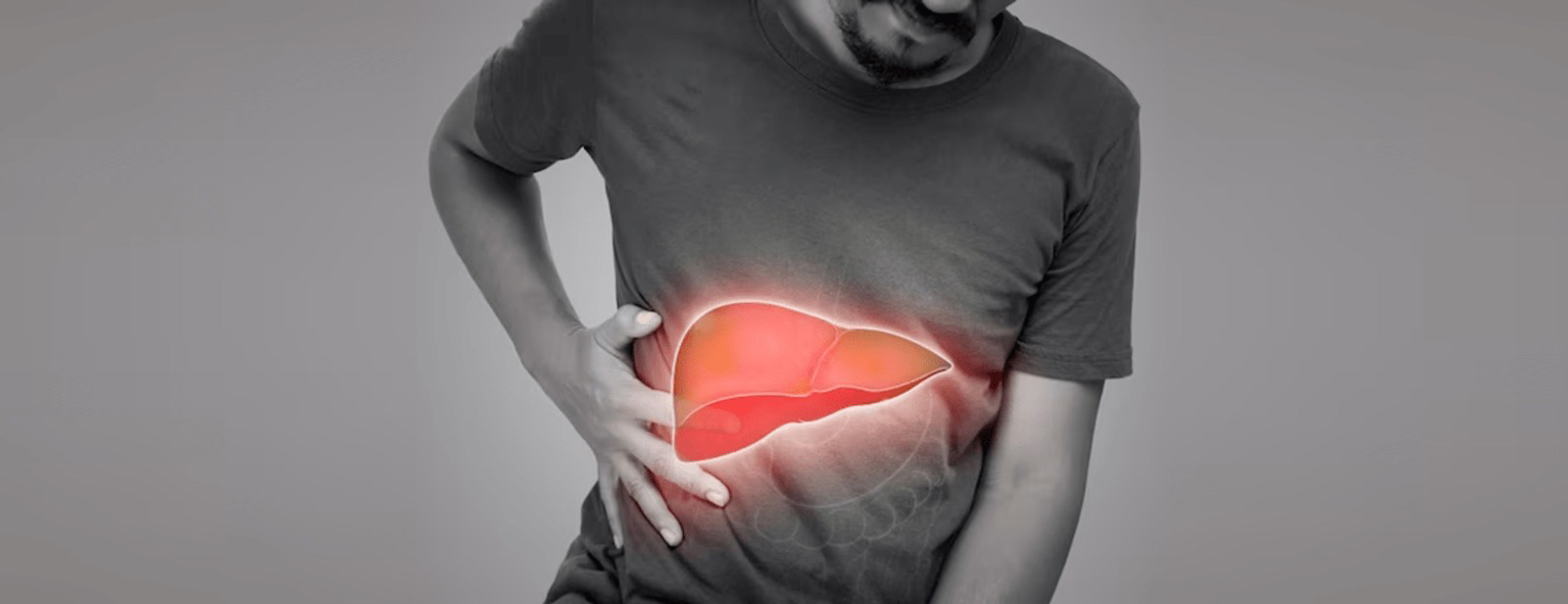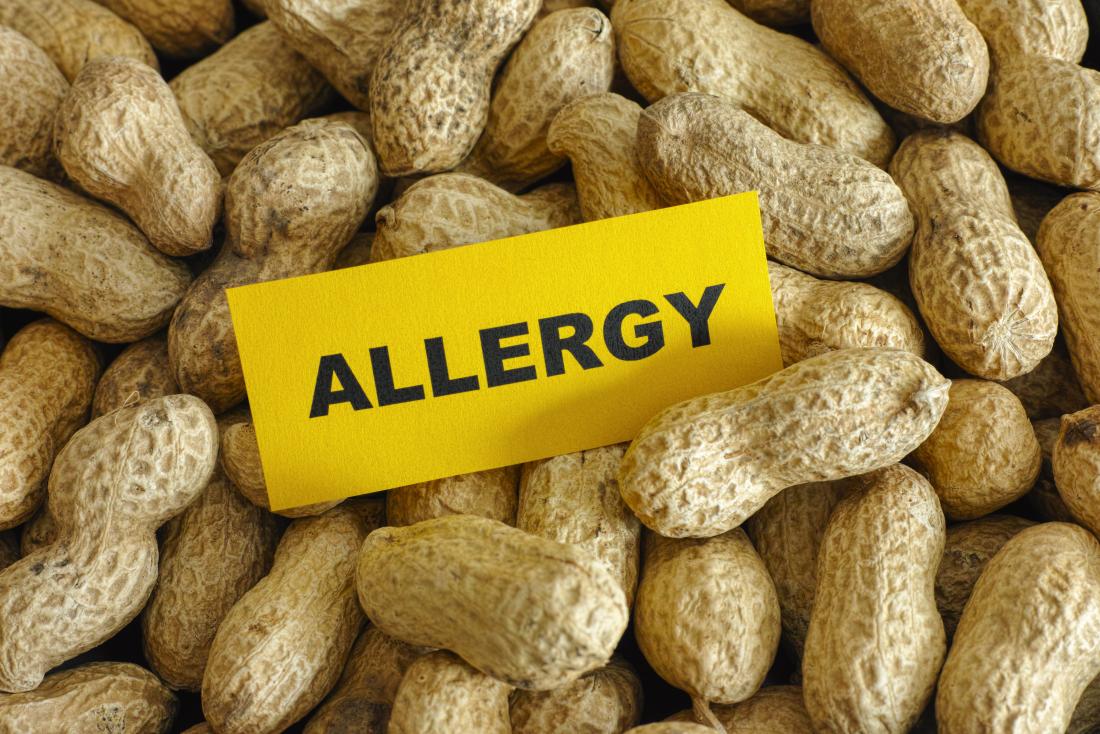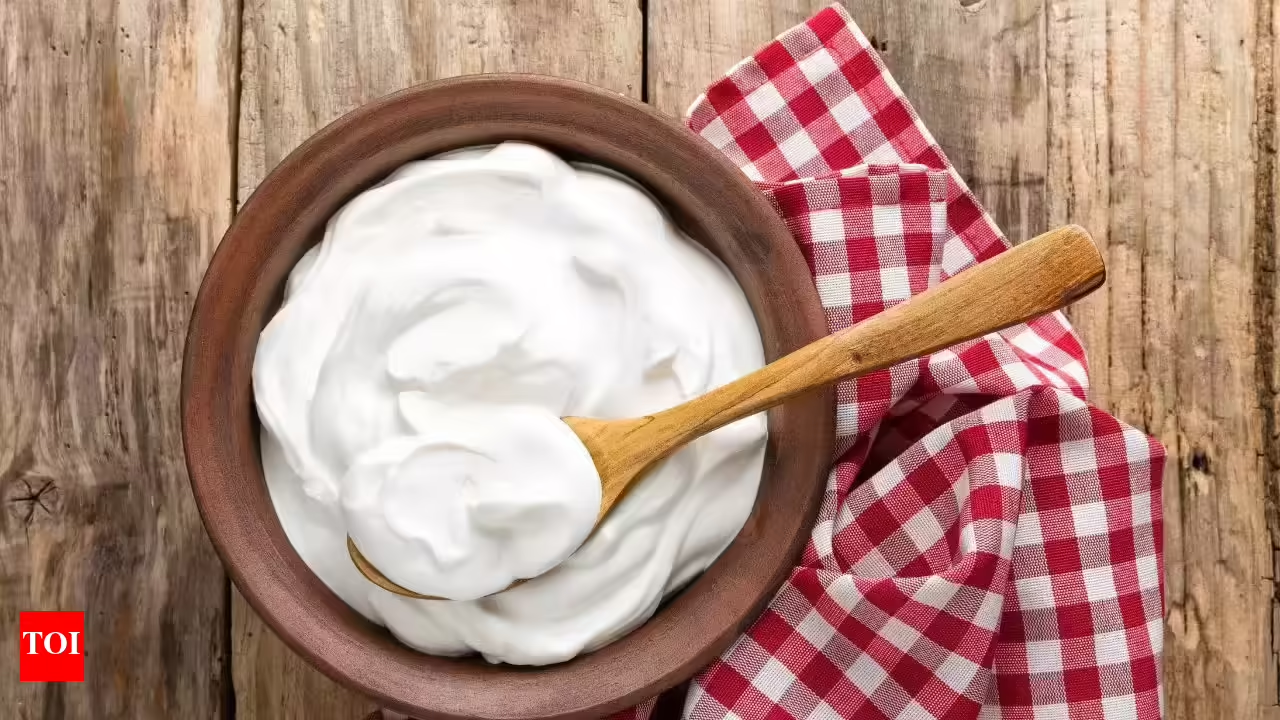Breakthrough Hydrogel Dressing Offers Hope for Diabetic Wound Healing
Chronic diabetic wounds, particularly foot ulcers, are challenging to treat due to poor blood flow and impaired endothelial cell function. One of the key inhibitors of healing in such wounds is thrombospondin-1 (TSP-1), a protein that hinders angiogenesis—the formation of new blood vessels critical for tissue regeneration. Despite various available treatments, overcoming this biological barrier has remained elusive.
A recent study published in Burns & Trauma (DOI: 10.1093/burnst/tkaf036) introduces a promising new therapeutic approach. A team of researchers from top Chinese institutions developed an innovative wound dressing by integrating engineered extracellular vesicles (miR-221OE-sEVs) with a gelatin methacryloyl (GelMA) hydrogel. This combination creates a controlled-release system designed to suppress TSP-1 expression and promote angiogenesis.
High-glucose conditions, common in diabetic patients, elevate TSP-1 levels in endothelial cells, impeding their ability to proliferate and migrate. The study utilized miR-221-3p, a microRNA known to downregulate TSP-1, to restore normal cellular functions. Encapsulating miR-221OE-sEVs in GelMA not only localized the therapy at the wound site but also mimicked the extracellular matrix, supporting sustained release.
In animal trials, this composite hydrogel dressing showed remarkable results, achieving 90% wound closure within 12 days—significantly faster than control groups. Additionally, enhanced blood vessel formation was observed, suggesting a strong pro-angiogenic effect.
Dr. Chuan’an Shen, lead researcher, emphasized the innovation’s potential: “This strategy integrates molecular biology with tissue engineering to deliver a powerful localized therapy. It could reshape diabetic wound care and improve patient outcomes.”
The broader applications of this hydrogel technology could extend beyond diabetic wounds, potentially aiding in treatment of vascular ulcers, cartilage repair, and bone regeneration. As further studies and clinical evaluations advance, this miRNA-hydrogel platform may mark a turning point in regenerative medicine and chronic wound management.








